Pregnancy is a beautiful phase that women go through. But with it comes certain complications too. Throughout a pregnancy, every organ changes, ignited by an unlimited flow of hormones in the body. So the question that lingers in every woman’s mind is, will my body ever bounce back?
A significant factor that affects the postnatal body is fitness because of the pregnancy and the motivation and dedication. The return is immediate for some women because they were always fit before pregnancy.
Whereas for women who were not invested in their health before pregnancy and want to take care of it postnatal, it takes a regimented program of diet and fitness combined with motivation and support from family, trainers, and dieticians. But above all this, the experience of bouncing back is different for every woman. Some do it in months, and others take years.
Also, women go through many backs, knees, and abdominal discomfort postnatal. In addition, a C-Section delivery tends to stress and strain the core. So these things also play a part as hurdles in bouncing back and maintaining fitness after delivery.
So to be in shape after pregnancy, you should do some exercises and take care of your diet as well. You can find all the essential food stuff at inshapemummy.com, needed to maintain your body weight.
Some exercises that can be safely done to achieve your fitness postnatal-
Kegels
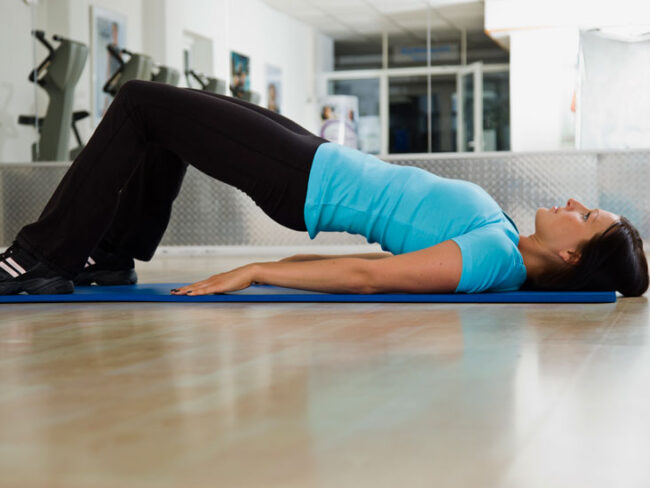
Kegels are floor exercises that strengthen the pelvic floor muscles. It can be done anytime without any difficulty. All you need to do is tighten your pelvic bone like you do when you want to stop peeing.
They also strengthen the uterus, bladder, small intestine, and rectum. Kegels do not work when you have a bladder full of urine. However, you can do it 15-20 times a day. If you’re unable to do Kegels, your gynecologist can help you with vaginal weighted cones or biofeedback.
The change can be seen in a few weeks to a few months, but the critical thing is that the effects of Kegels are not permanent. You have to keep doing it permanently to achieve permanent results.
Deep breathing

Deep Breathing Exercises, also known as diaphragmatic breathing, helps to relax and reduce stress. This helps stabilize and support the body, manage intra-abdominal pressure and strengthen the body. Coordinating breathing exercises with your movement patterns helps to strengthen and stabilize your body.
It also helps with incontinence, heaviness, and discomfort in the pelvic region. Different breathing exercises include slow breathing, light, accelerated breathing, and organizing breath. These exercises can be done for 1-2 minutes daily to achieve normal core muscle.
Walking
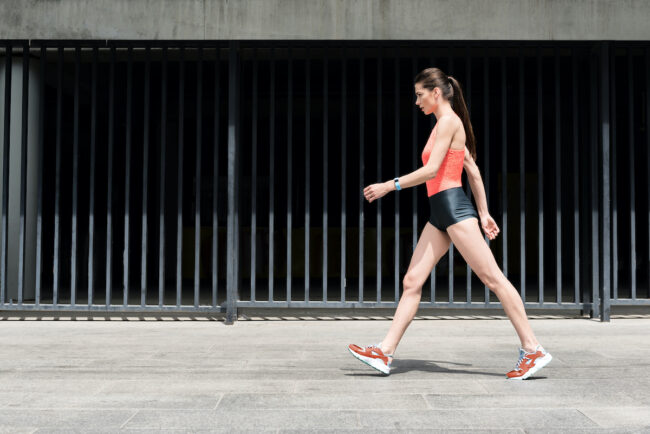
Taking a walk in the park with your new stroller and the cutest baby on the earth is the best way to show off the best part of your life. And guess what, your stroller can also be used as a squat prop. Walking is that miracle that helps prevent blood clots for women who deliver through surgery or C-Section.
In addition, it is the best way to give a soft start to the postnatal fitness process, as it can be done just after the day of the delivery. It also works as a mood booster and plays a massive role in preventing postpartum depression.
Ball exercises
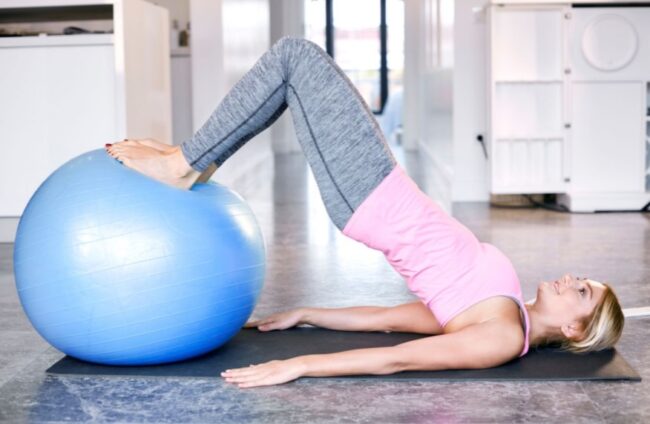
The ball Exercises play a considerable role in enhancing stability, posture and reducing low back pain. You will need a ball for these exercises, easily found anywhere. The ball can be used for gentle stretching, which helps with inflammation and breaks up tension and fluids. The ball can be used for basic exercises like sit-ups, twists, leg lifts, or plank poses. The ball is always for the baby as it can be used to rock, lean, kneel, or flop the baby.
Cat-Cow exercise
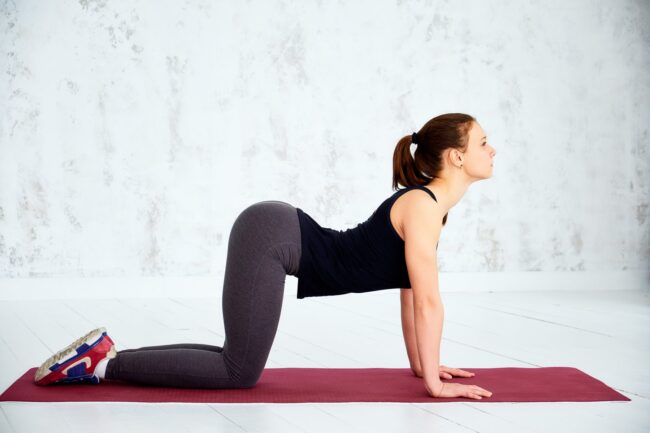
The results of cat and cow vary from supporting back muscles, strengthening the core, and promoting mobility in the spine to reduce back pain, promote relaxation, and improve circulation. It is also said that this exercise creates emotional balance.
Additionally, they also help Encourage mobility in a stiff spine, help decrease hip pain, Strengthen the abdominals, Help with round ligament pain, and Strengthen the shoulders. Everybody is different postnatal, and it might be easy for some people to do cat-cow while difficult for others. So make you ease your way into it in your own space.
Plank
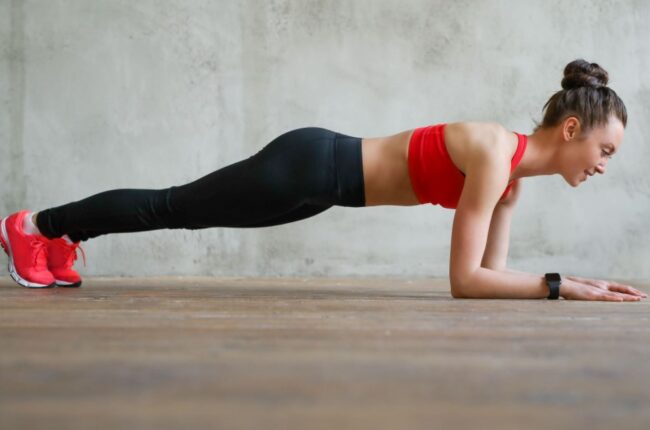
A Plank is a bit of high-level exercise for postnatal fitness and makes sure you do it only if you didn’t have any complications during the pregnancy. It is an abdominal exercise that can be done in three ways- knee to half plank, single-leg plank, and two leg plank.
It is an all-in-one exercise that affects multiple parts, including your arms, stomach, back, and core. Also, it is the best way to burn some of that baby fat you gather over the nine months. To be safe, start your planks by putting your weight on your elbows and then go for palm planks.
Crunches and Glute-bridge
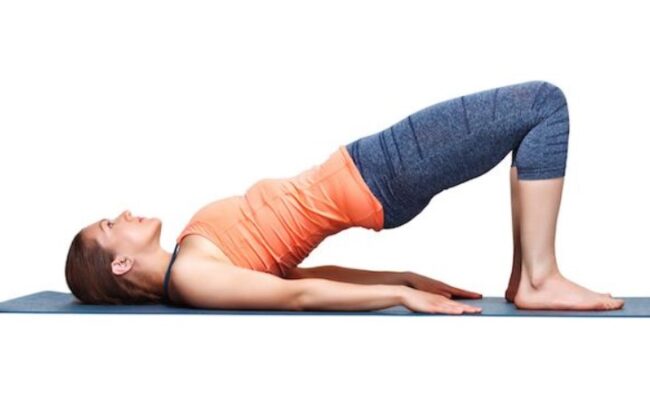
The primary goal of these exercises is to reduce belly fat and back fat. They will also help you to tighten your core. You can also try a bicycle crunch that helps build and tone the upper abdominal muscles.
Conclusion
Holding your baby in your arms is said to be the best feeling in the world. But along with comes endless health and body-related issues. But this process brings so much happiness that it’s worth it. Getting back into fitness can be complex and even painful. But it’s a must to regain a healthy lifestyle and not fall into obesity.
Breastfeeding also helps to shrink the uterus back down to pre-pregnancy size. But the most important thing to do apart from these is a well-balanced diet. Wearing an appropriate bra also helps in gaining proper shape. Apart from physical fitness, it would be best to consider your mental health.
The best part is that exercising and physical fitness also play a mental wellness role. The most important thing to take any step postnatal is to keep your doctor in the loop before making any decisions to avoid complications and accidents. Lastly, if you monitor any unexplained symptoms during exercise even after your doctors’ approval, don’t hesitate to contact them.
